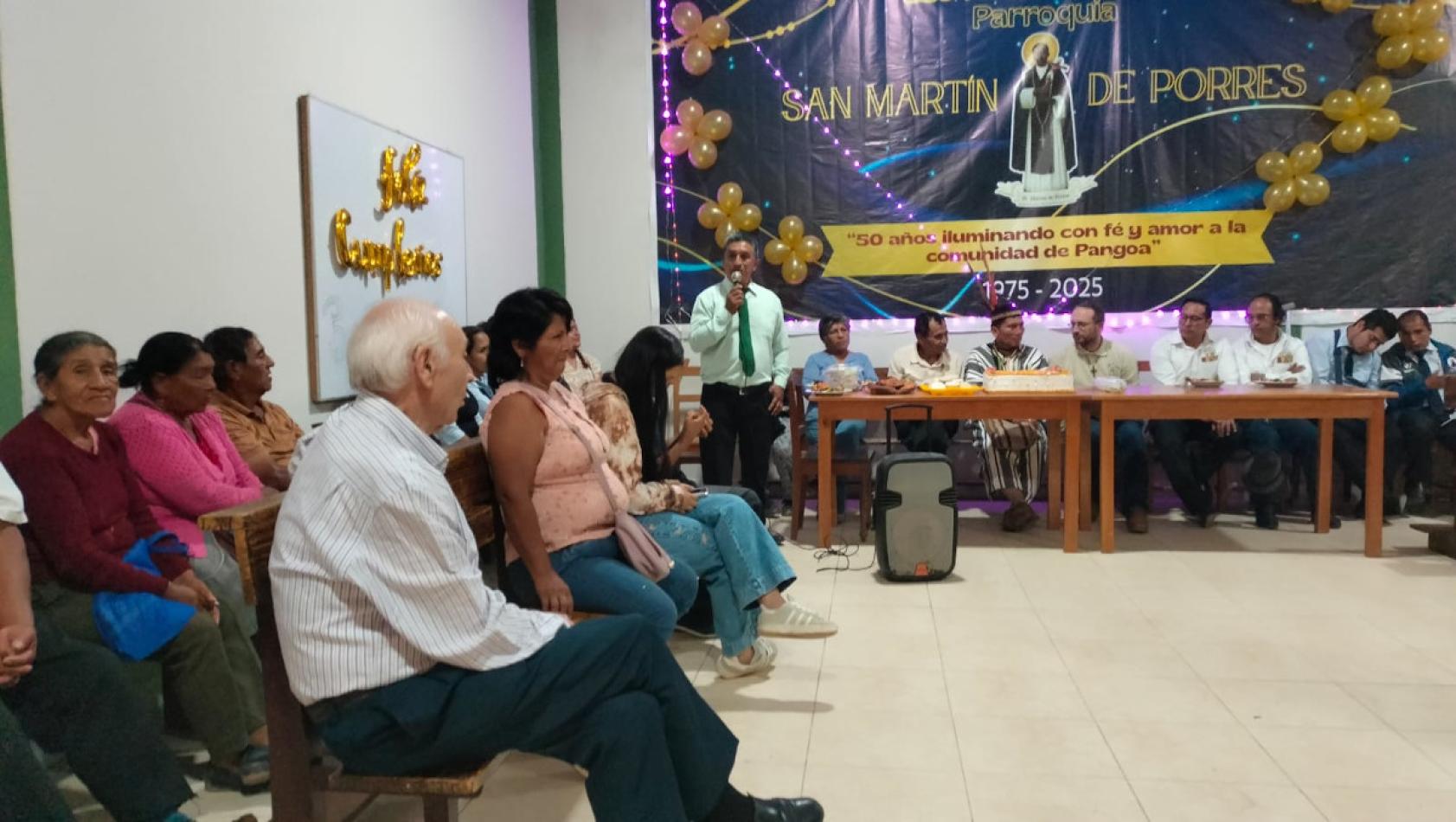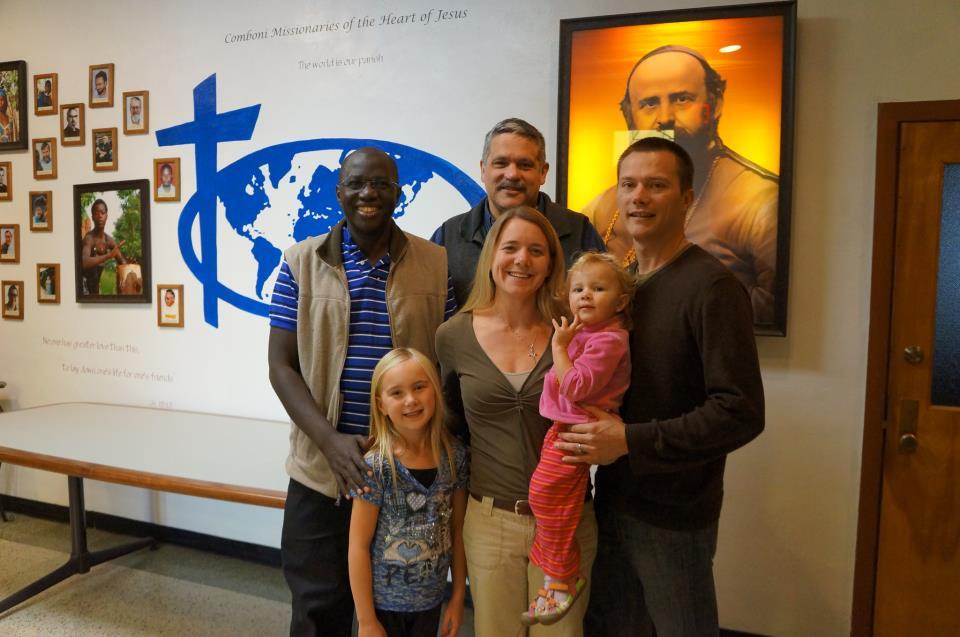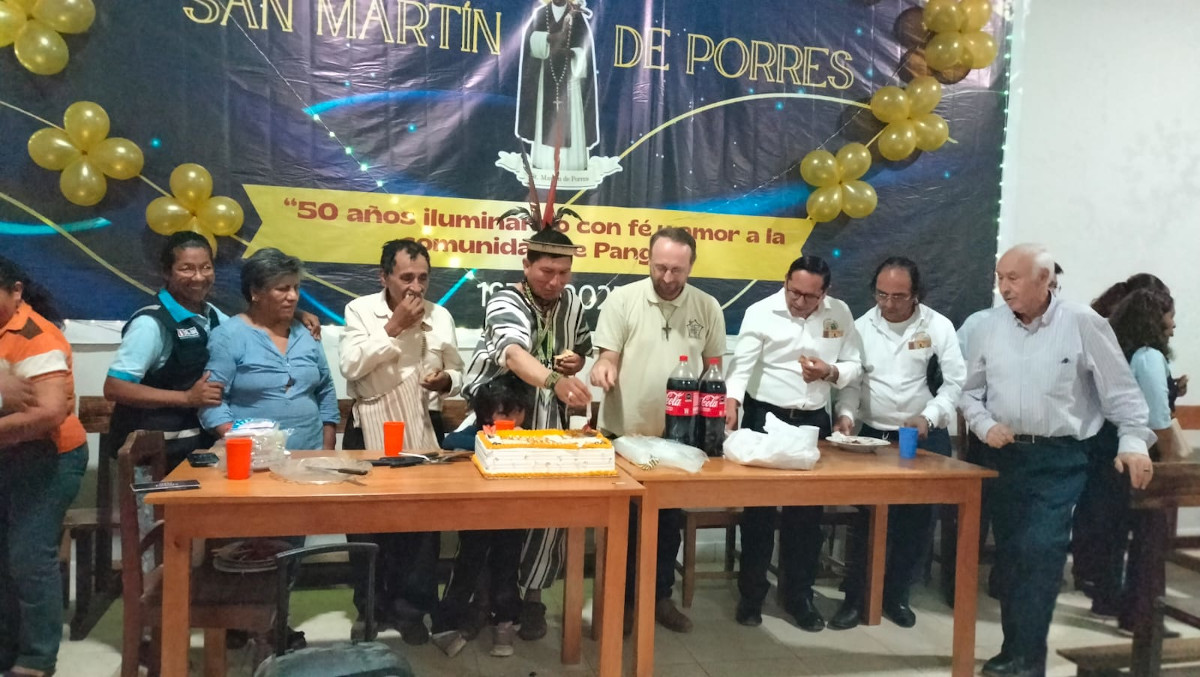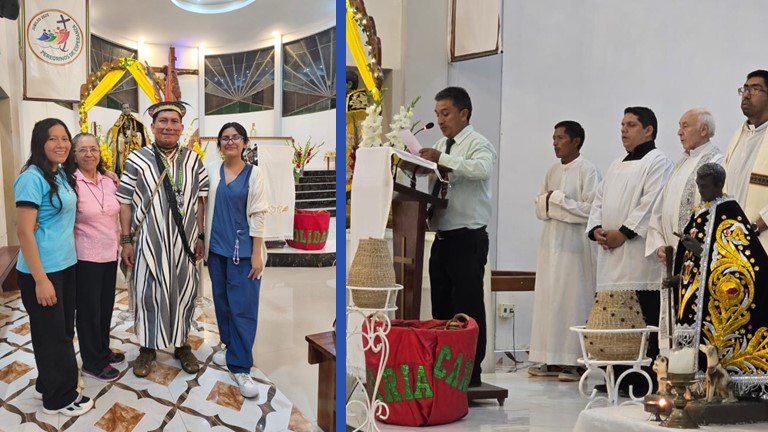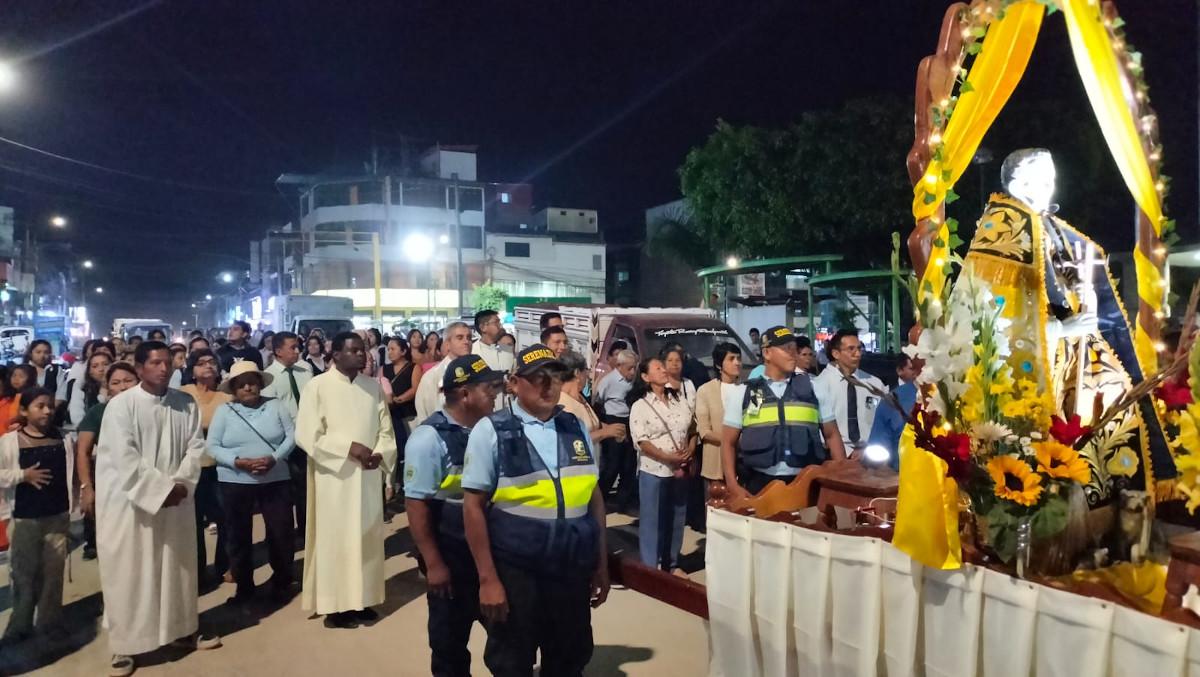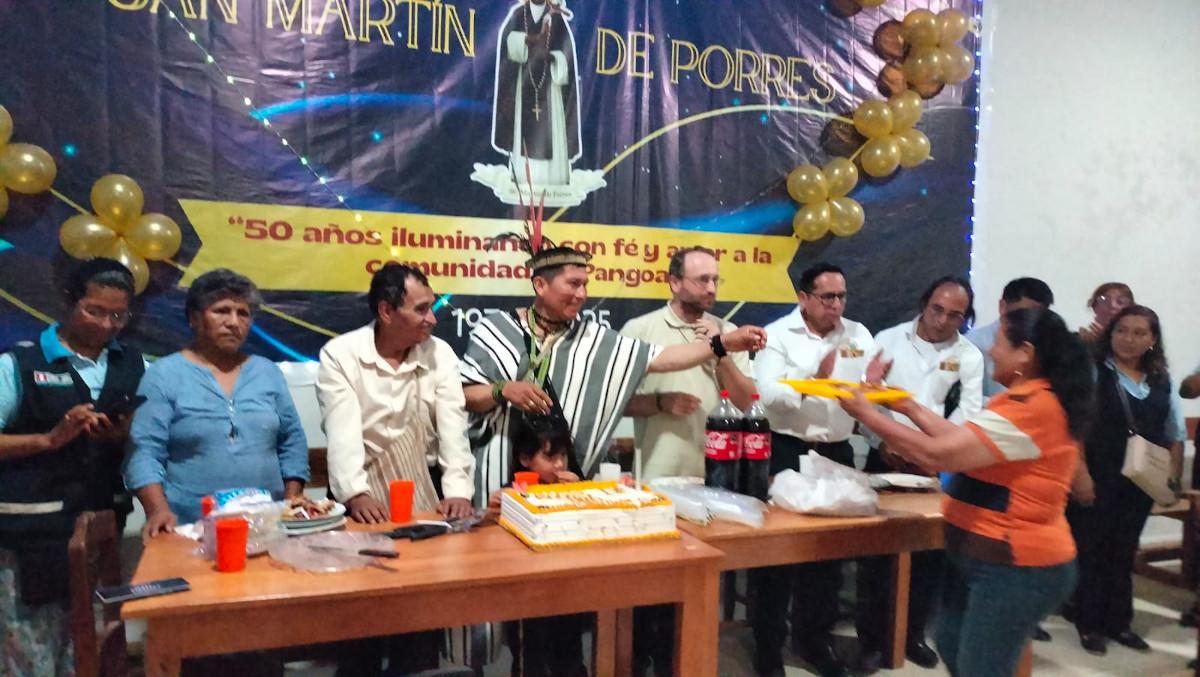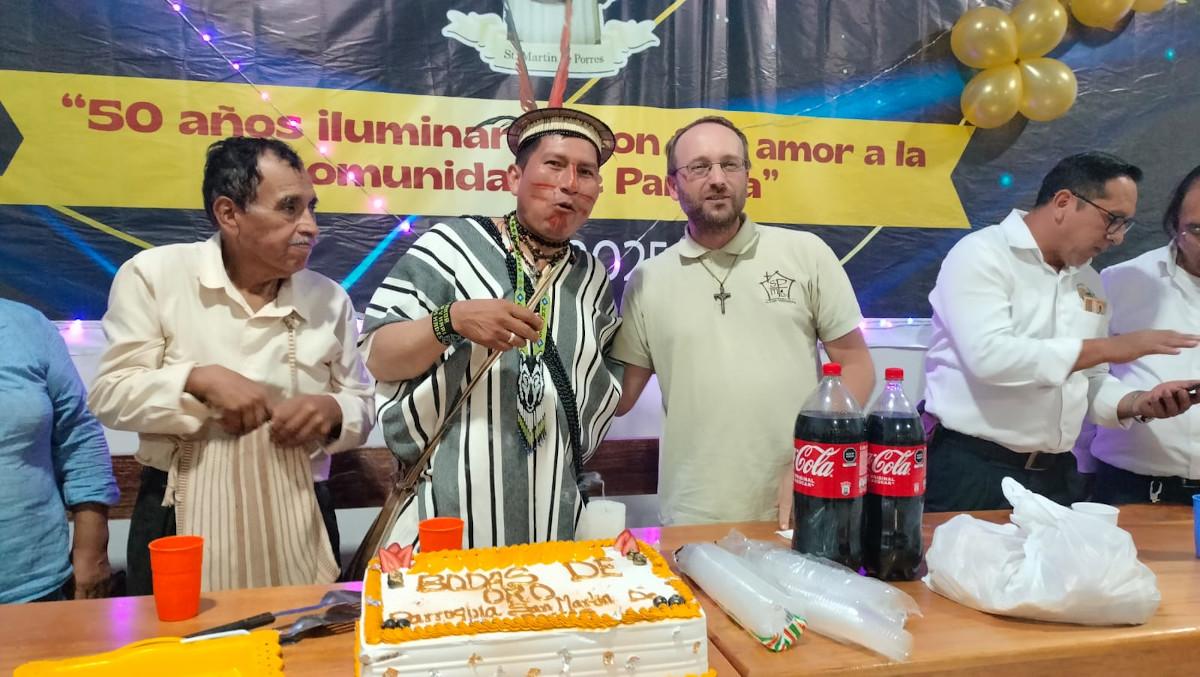Daniel Comboni
Comboni Missionaries
Institutional area
Other links
Newsletter
Tuesday, November 18, 2025
This year the parish of San Martín de Pangoa celebrates the 50th anniversary of its foundation. Located in the heart of Peruvian territory, on the edge of the Amazon, it forms part of the Apostolic Vicariate of San Ramón. Its territory, covering more than 6,000 km², once stretched from the eastern foothills of the Andes to the Ene River.
At first, the area was entrusted to a Franciscan priest. After his tragic death in the Tambo River, it was served for 22 years by the nearest parish, which provided Sunday masses and liturgical celebrations on major feast days. Sixteen years ago, it was entrusted to the Comboni missionaries.
The vast territory is home to various indigenous communities belonging to the Nomatsiguenga and Asháninka peoples. This was the main reason why the Comboni Province of Peru decided to take on the mission in 2009, in line with one of the continental priorities: pastoral work among indigenous peoples.
In fact, the Comboni presence in Pangoa dates back to 2003, when Fr Gianni Pacher, assigned to the nearby community of Palca, served the parish for six years and built the parish school “San Daniele Comboni”, which today welcomes around 800 students. During this time, he also began ministering to the rural area, with more than 200 indigenous communities, settlements, and hamlets.
With the official opening of the Comboni community, the parish grew. Numerous chapels and communities were established, some located several hours away on foot. Since then, 16 Comboni missionaries – priests, brothers, and scholastics – have carried out their missionary service in Pangoa.
Three years ago, a new parish was created, separating the more remote area known as the Upper Ene River Mission. For many years, Fr Pedro Percy Carbonero carried out his missionary work there.
As part of the celebrations for the 50th anniversary, a photographic exhibition was organised on the history of evangelisation in the region, which dates back to the 17th century. A drawing and painting competition dedicated to the patron saint of the parish, St Martin de Porres, was also launched. His feast day falls on 3 November, the central day of the celebrations, marked by a procession and a solemn Mass. The Eucharist was presided over by Fr Alfonso Tapia, Vicar General of the Vicariate, and was followed by a moment of fraternal sharing in the parish hall. In the days leading up to the feast, a choral recital, a parade of people ‘dressed up’ as different saints, and an artistic evening took place.
At present, three Comboni missionaries serve in Pangoa: Fr Díez Maeso Lorenzo, Fr Miąsik Maciej Tomasz, and the scholastic Mwaba Mathews. They are engaged in missionary service throughout the vast territory, giving priority to the Nomatsiguenga communities and making constant efforts to learn their language in order to animate the liturgy more effectively and provide proper formation for local Christian leaders. A cultural and social support centre for the indigenous communities is currently under construction.
The first tangible fruits of evangelisation among the Nomatsiguenga are already visible: there is a Comboni aspirant and several Christian leaders; by the end of the year, a permanent deacon will be ordained. In the urban area, there are already a permanent deacon and several pastoral groups, led by committed lay people, who, with simplicity and perseverance, continue to hope to become more numerous and better organised in the future. We endeavour to support them as best we can: to ensure that their commitment remains steady and increasingly genuine, we offer them formation in the School of Evangelisation run by the Vicariate for lay ministries.
The Comboni Community of Pangoa

